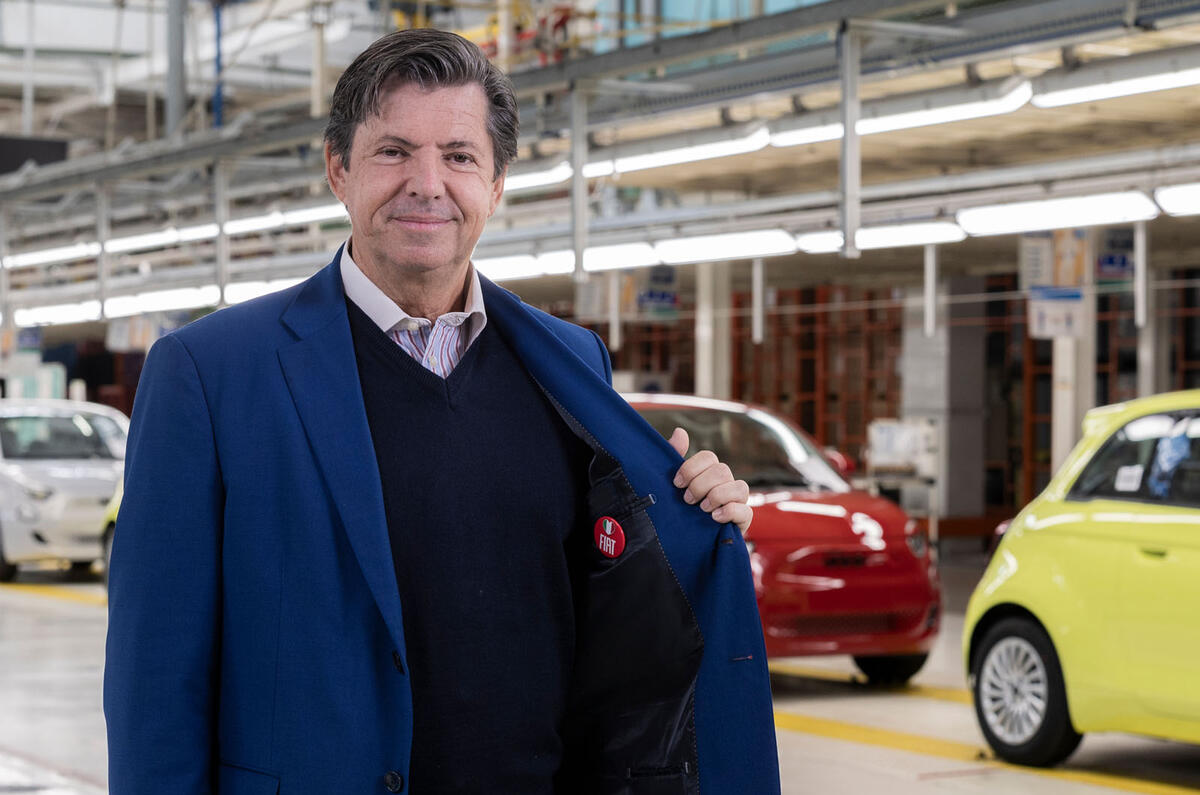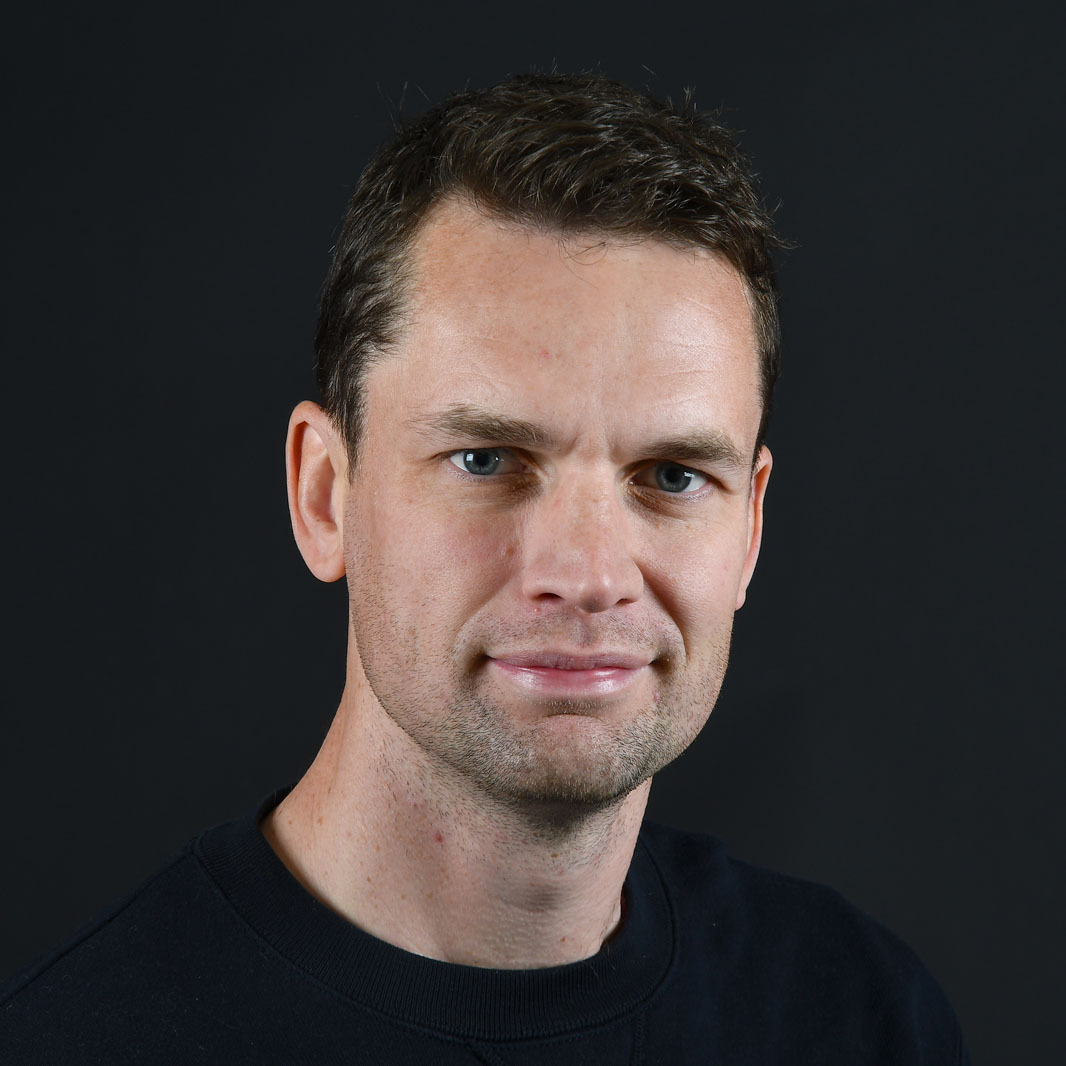Felicita. The Italian word for happiness was plastered all over the launch event for the new Fiat Grande Panda, and it was certainly emanating from CEO Olivier François, who, after years of axing ageing models and not launching new ones, has a plan we can all get behind.
“Happiness is a byproduct of having purpose,” he said. “The auto world is complicated but can we not face the future with a smile?”
Even as Fiat shrank to become effectively the 500 car company in Europe, it has remained Stellantis’s largest brand globally. It is big in Latin America, the Middle East and Africa and has retained a large global manufacturing footprint.
“Being global is the only way to be strong and resilient,” said François. So while Fiat has seen its model range gutted in Europe by GSR2 regulations, Latin America in particular has “kept Fiat alive” by never “having platforms jeopardised by regulations”.
François said Fiat “does not have a brand problem but an offer problem” with its cars. Not being in the B-segment “has crippled” Fiat in Europe.
Despite having no new cars to talk about, the way Fiat has continued to present itself is as impressive as any car maker in any segment. “The 500 Hybrid that died [in 2024] was a 17-year-old car,” said François, but “no one noticed”, due to the quality of Fiat’s marketing and ability to keep the 500 fresh.
Perhaps that’s no surprise as François is a marketer and has another day job as Stellantis’s global chief marketing officer. A resident of Miami with a pop star wife, François delivered Bruce Springsteen for a Jeep Super Bowl commercial in 2021 and called up his old mate Shaggy to do the ad for the new Grande Panda.
Yet the products needed to change and the way out of Fiat’s malaise is with Stellantis’s Smart Car platform, a global low-cost modular architecture inspired by Dacia. It can yield cars that appeal to all of Fiat’s global markets and can be built everywhere too.
The platform was the baby of ex-Stellantis CEO Carlos Tavares, yet he had “a lot of pushback in the company”, according to François, as no brand “desperately needed it”, given Stellantis had more sophisticated modular architectures and no need to make and sell truly low-cost cars in far-flung places.
Enter Fiat. “We were starving for love. We’d take anything,” said François. “Carlos loved our love for his platform, but his vision was to take a Citroën [C3] and make a Fiat. We needed it to be a blockbuster for our company. We introduced some diversity and complexity, but promised something special. He bought it. I told him we would do much more with the Smart Car.”










Add your comment